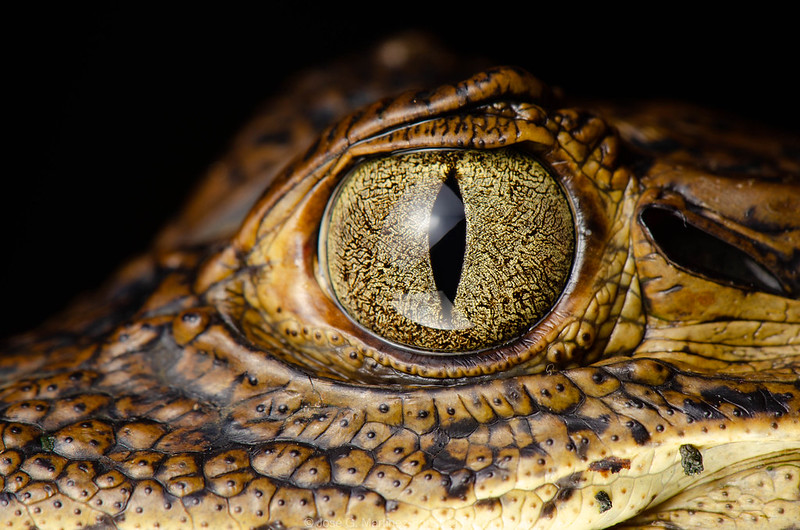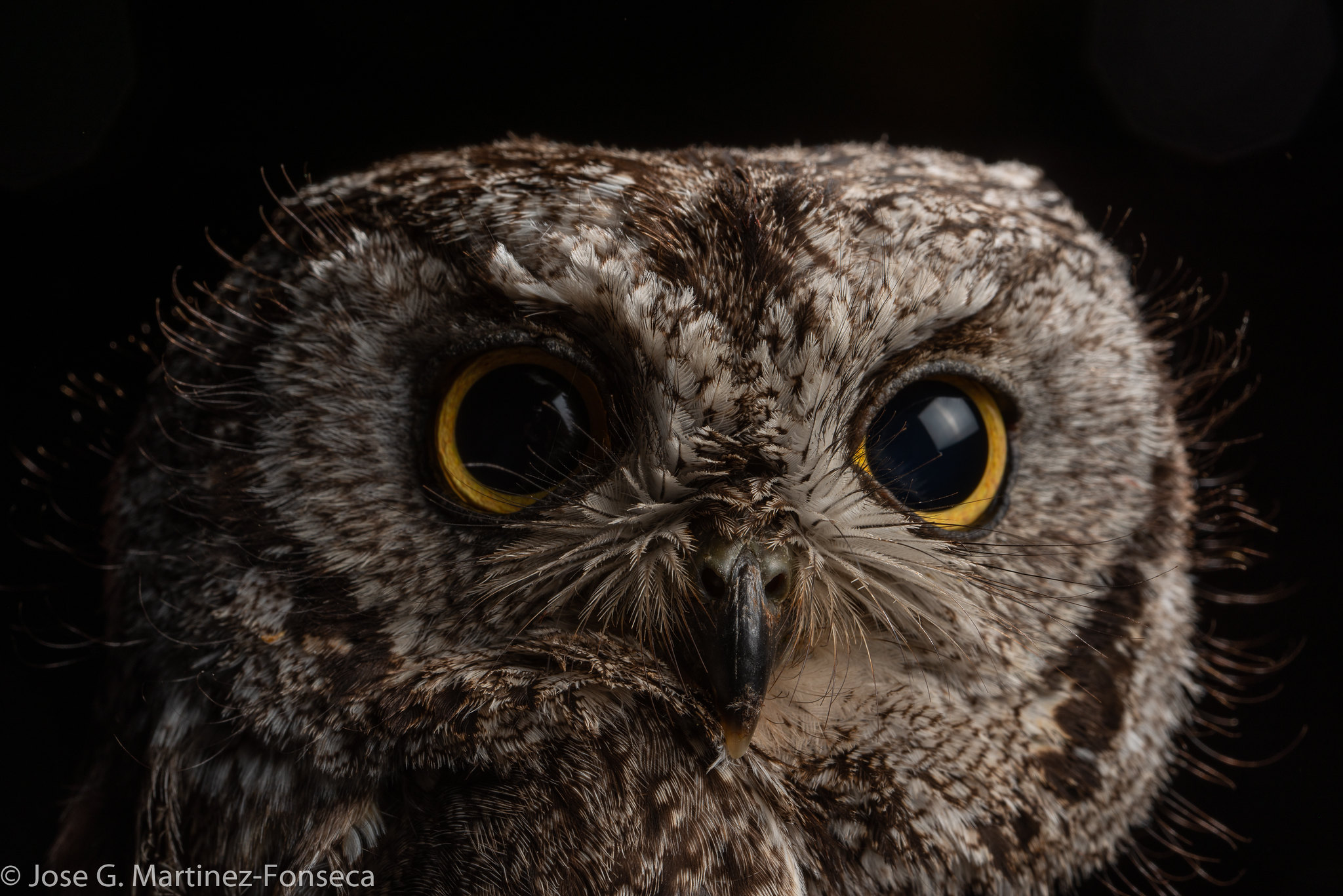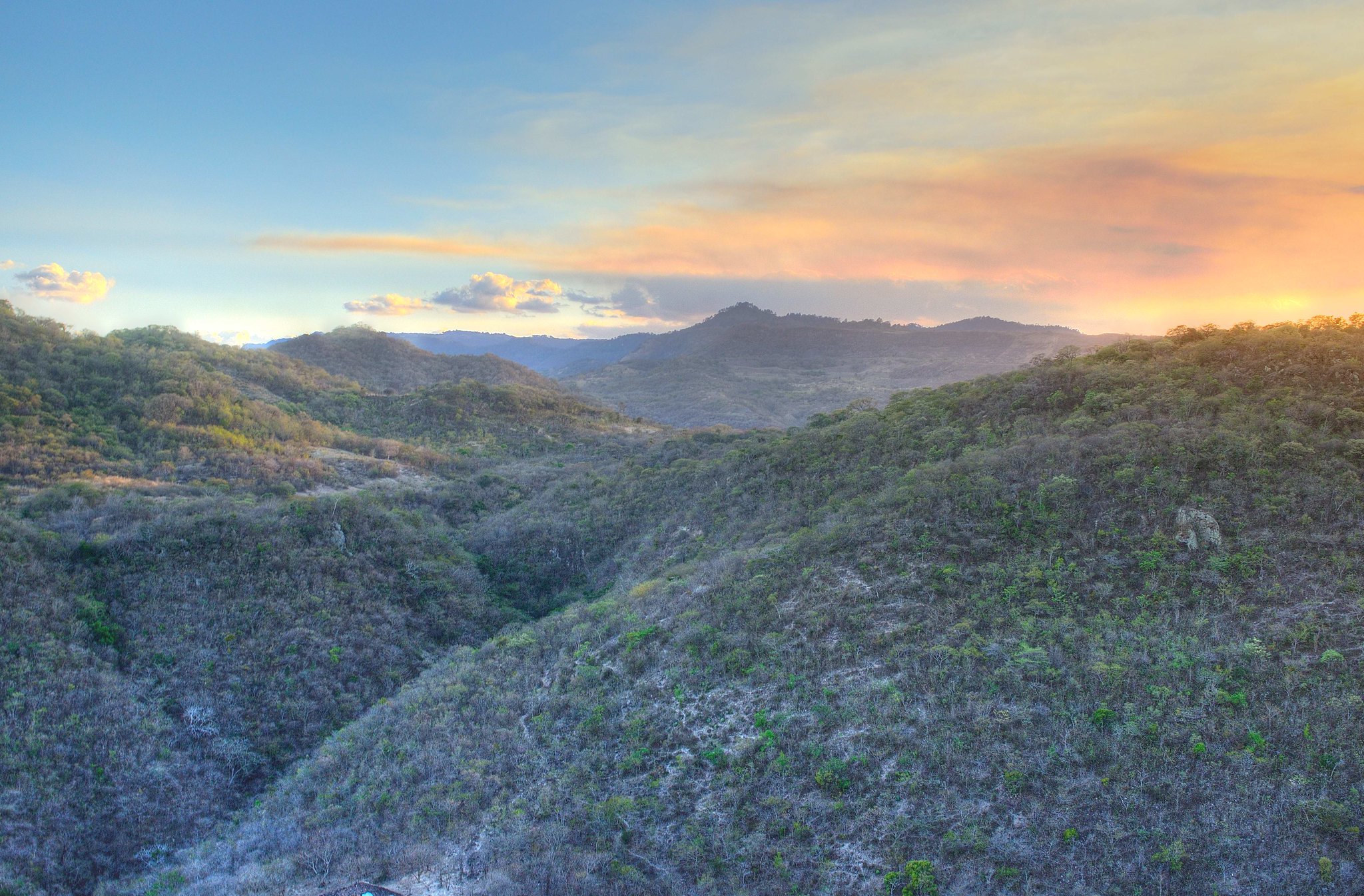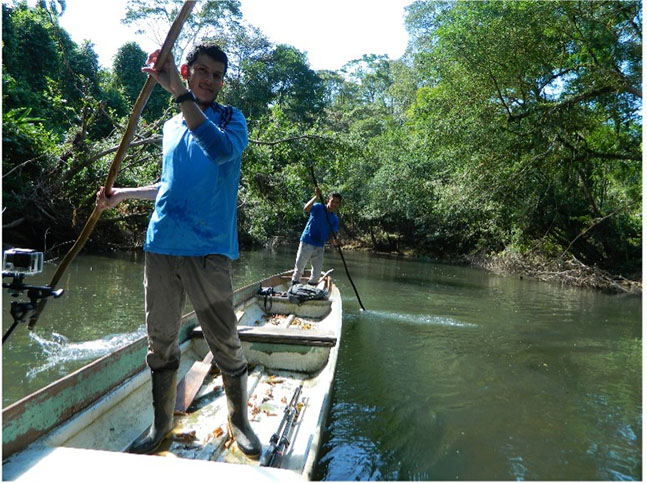For years, José Martinez-Fonseca considered himself a hobby biologist.
He always had bigger plans, even as a child when he caught frogs and snakes to examine them, but wildlife jobs were scarce in Nicaragua. However, he loved biology and spent summers working as a guide for mammal-watching tours of rare species, he helped found herpetological and bat-related conservation groups, he co-authored a biology publication when he was 21, and during his undergraduate degree, he worked as a field assistant for other biologists doing surveys on the biodiversity of amphibians and reptiles.
One of those biologists was NAU wildlife ecologist Carol Chambers, who in 2011 went to Nicaragua to do sabbatical research. Martinez-Fonseca worked for her on that project, then there were other projects over the years. It turns out it was a lot more than a hobby.

So, when Martinez-Fonseca was ready for a graduate degree, he turned to wildlife ecology. And he turned to NAU—seven years after he met Chambers. He graduates in a week with a doctorate from the School of Forestry, a number of publications and enough photos that you can easily spend hours on his

Instagram page.
“I think in the end it all worked out very well,” he said. “Photography was a big interest and played a big role in me moving from engineering to biology, and fieldwork for biology research offered plenty of opportunities for photography and have helped me reach more people.”
Explore his nature photography on Instagram and Flickr and his work as an astrophotographer on Instagram. He also co-authored Sea Turtles to Sidewinders: A Guide to the Most Fascinating Reptiles and Amphibians of the West, which includes his photos.
His dissertation research was focused on improving the understanding of human disturbances in the landscape, especially habitat and forest fragmentation, affect different bat species. He used a variety of techniques, from literature reviews involving research across the world, to conducting a countrywide analysis of thousands of bat records that he, Chambers and other colleagues collected during almost a decade of fieldwork in Nicaragua. He also used genetics to shed light on the diet of the spectral bat, which is the largest carnivorous bat, to understand how their diet correlates with specific habitat requirements.
“Bats are important for the ecosystem and provide many economic benefits for humans, so the better we understand how our actions affect bats, the better we can conserve landscape conditions that promote their persistence and with them, those benefits for all of us,” he said.
Chambers, who has continued to work with Martinez-Fonseca during his time here, said she’s impressed with his passion for working with wildlife. When she met him in 2011, he was 21 and already extremely knowledgeable. He also showed a deep respect for all species they encountered in the field.

“That really caught my notice,” she said. “When we first worked together in the field, he would capture and show me snakes, frogs and toads (he really liked working with herpetofauna), tell me their scientific names, tell me about the species and where it was distributed in the country (and occasionally let me know that it was a range extension for the country), get photos of them, then release them.”
From day one, Martinez-Fonseca stood out in the field. He quickly picked up the work—learning how to deploy and check acoustic detectors for bats and identifying some of the 111 bat species in Nicaragua. The team has identified three new bat species in Nicaragua, and Martinez-Fonseca updated the species list for the country and helped establish a countrywide program to conserve bats in Nicaragua. The Programas para la Conservacion de Murcielagos are established in most countries now in Central and South America and work together to help conserve and educate others about bats. Martinez-Fonseca has helped create new reserves in Nicaragua based on the work he and others have done to identify important ecological sites for biodiversity.
But, Chambers said, he didn’t stop there. During his dissertation work, he took the dataset that we had collected while working together in Nicaragua (about 3,500 individuals from about 60 sites) and worked with others throughout the country to aggregate data into a database that now includes 750 sites and 18,000 individuals. He used that for part of his dissertation.
Plus, she said, he’s a great colleague—positive, hardworking and punny, even though language was the hardest part of his work at NAU.

Martinez-Fonseca learned English informally in Nicaragua and has increased fluency in his 4.5 years in Flagstaff, but he’s still working on it, and even in a field full of jargon, he’s never had a problem communicating.
After graduation, Martinez-Fonseca hopes to continue working on data derived from his dissertation and new projects in Nicaragua and the southwestern United States. In addition to his biological research, he wants to help researchers in the United States and Latin America collaborate in projects that benefit the conservation of the region’s biodiversity.
“NAU provided me with a great environment to learn a diversity of techniques and collaborate with all kinds of experts,” he said. “I truly think that this diversity of people and skills have prepared me to enjoy being in this field, and I’m excited about the questions I will work to respond to in the future.”
Heidi Toth | NAU Communications
(928) 523-8737 | heidi.toth@nau.edu




